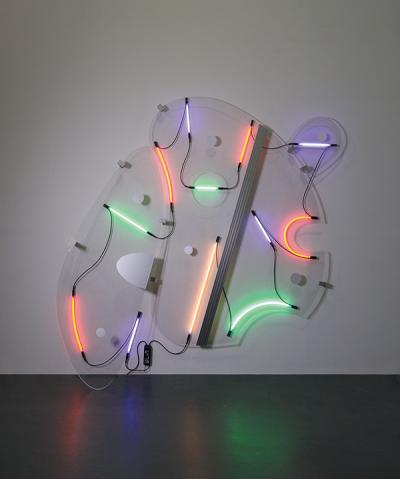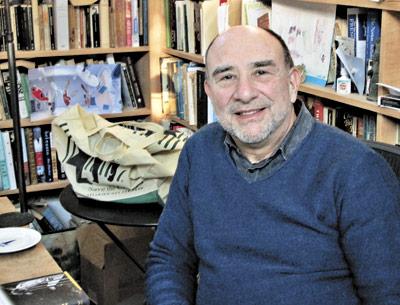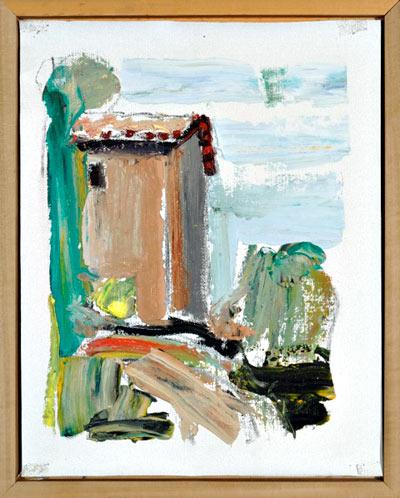Russian Trio
Russian Trio
The Russian Trio, an award-winning chamber ensemble from the Peabody Institute in Baltimore, will perform on Saturday at 4 p.m. at St. Luke’s Episcopal Church in East Hampton as part of the Music at St. Luke’s concert series.
Featuring Nikita Borisevich on violin, Dmitry Volkov on cello, and Katherine Rick on piano, the group will perform works by Haydn, Ravel, Saint-Saens, Paganini, and Shostakovich. The Russian Trio has won prizes at several chamber music competitions and recently performed at the Kennedy Center.
Tickets are $20, free for those under 18.




